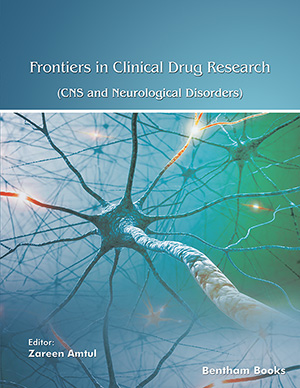Abstract
SHS investigation development is considered from the geographical and historical viewpoint. 3 stages are described. Within Stage 1 the work was carried out in the Department of the Institute of Chemical Physics in Chernogolovka where the scientific discovery had been made. At Stage 2 the interest to SHS arose in different cities and towns of the former USSR. Within Stage 3 SHS entered the international scene. Now SHS processes and products are being studied in more than 50 countries.
Abstract
The rapid increase in the incidence of dementia has enormous socioeconomic impacts and costs for governmental health systems all over the world. Despite this, finding an effective treatment for the different types of neurodegenerative diseases (NDs) so far represents a challenge for science. The biggest obstacles related to NDs are their multifactorial complexity and the lack of knowledge of the different pathophysiological pathways involved in the development of each disorder. The latest advances in science, especially those related to the systems biology concepts, have given new insights for a better comprehension of such multifactorial networks related to the onset and progression of NDs, and how Medicinal Chemists could act in the search for novel disease-modifying drug candidates capable of addressing the multiple pathological factors involved in neurodegeneration. The multi-target directed ligands (MTDLs) concept has captivated and opened new windows for the creativity and rationality of researchers worldwide in seeking innovative drug candidates capable of modulating different molecular targets by a single multifunctional molecule. In fact, in the last two decades, thousands of research groups have dedicated their efforts to the use of molecular hybridization as the main tool for the rational design of novel molecular scaffolds capable of expressing multi-target biological activity. In this way, this chapter addresses the most recent pathophysiological hallmarks of the most highimpact NDs, represented by Alzheimer’s, Parkinson’s, Huntington’s diseases, and amyotrophic lateral sclerosis, as well as the state-of-art in the design of new MTDLs, inspired mostly by natural products with improved druggability properties.
Keywords:
Molecular Hybridization, MTDLs, Multi-target Directed Ligands, Multifunctional Drugs, Neurodegenerative Diseases, Rational Drug Design.
We recommend

Authors:Bentham Science Books






